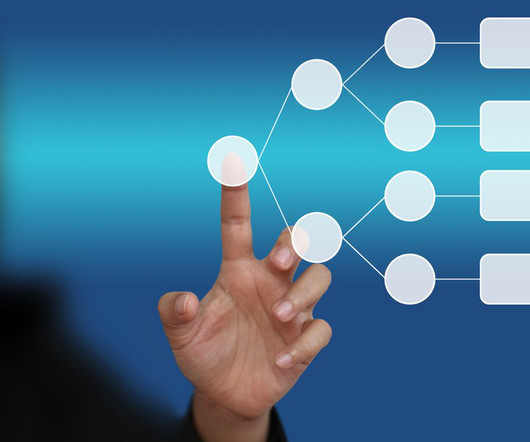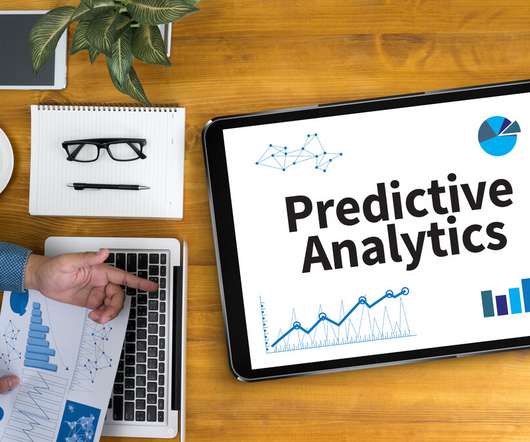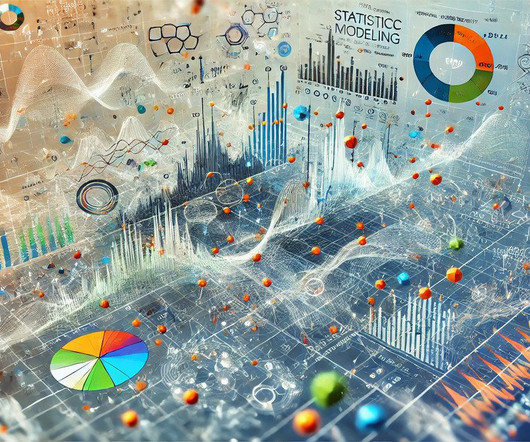Data mining
Dataconomy
MARCH 4, 2025
By utilizing algorithms and statistical models, data mining transforms raw data into actionable insights. The data mining process The data mining process is structured into four primary stages: data gathering, data preparation, data mining, and data analysis and interpretation.












Let's personalize your content